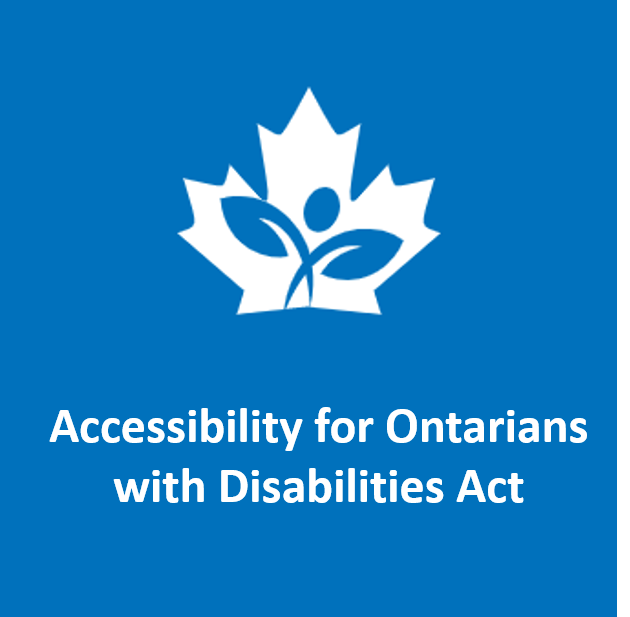What is Neurodiversity and How Can We Embrace It?
What is Neurodiversity?
‘Neurodiversity’ is a term that was coined in the 1990s by Judy Singer, a sociologist with autism. She used it to explain that certain developmental disorders are actually normal variations of the brain. The most common developmental disorders included under this new conception of brain function are ADHD, autism spectrum disorder, dyslexia, dyspraxia, obsessive-compulsive disorder, auditory processing disorders, and visual processing disorders.
Why Does It Matter?
The key purpose of using the word neurodiverse is to change the way we look at developmental disorders. While the medical view considers conditions like autism or ADHD as preventable or curable, neurodiversity regards those variations as not abnormal, but rather part of the average range in brain function.
This new view could have significant effects on how we work, how we learn, how we teach, and how we relate to each other. Instead of thinking of brain and behaviour differences as detrimental, they could be used to an individual’s – and the group’s – advantage.
Since neurodiverse people do not follow the same rules and modes of thinking that the neuro-average person does, they often operate in the world differently. Yet, many studies have shown that neurodiverse people have unique skill sets due to their different ways of processing. For example, in business, out-of-the-box problem-solving skills and new ideas advance products and services much faster than sticking to the status quo.
How to Elevate Neurodiversity
Listen
The first and easiest way to integrate neurodiverse people into our businesses and communities is to learn. Generally, we should understand what neurodiversity is, and what it shows up as.
On an individual level, it’s important to get to know how neurodiverse people think differently and how to communicate effectively. Plus, if you ask, neurodiverse people will tell how they thought through a problem, which can provide some great insights into your own thinking.
Observe
Since some people are either not diagnosed or do not identify as neurodiverse, it’s important to pay attention to how other people respond to their environment. Whether it’s a physical reaction to sound or light, a turning inward, avoiding eye contact, or remaining quiet, you can get an idea as to what conditions a neurodiverse person may operate better in.
Be Flexible
Accepting people that are different from us requires flexibility in our expectations and interactions. This can include asking if particular resources are helpful for new employees or contractors, working with them on their preferred communication channel, creating individual KPIs, or providing the option to meet virtually or in person.
A Way Forward
We often create ‘disabled’ people by building barriers in our world that are considered normal. By breaking down these barriers, we allow different brains to express themselves in unique ways, which can have incredible benefits. When we make our workplaces fit our people, instead of making our people fit our workplaces, everyone can thrive.






